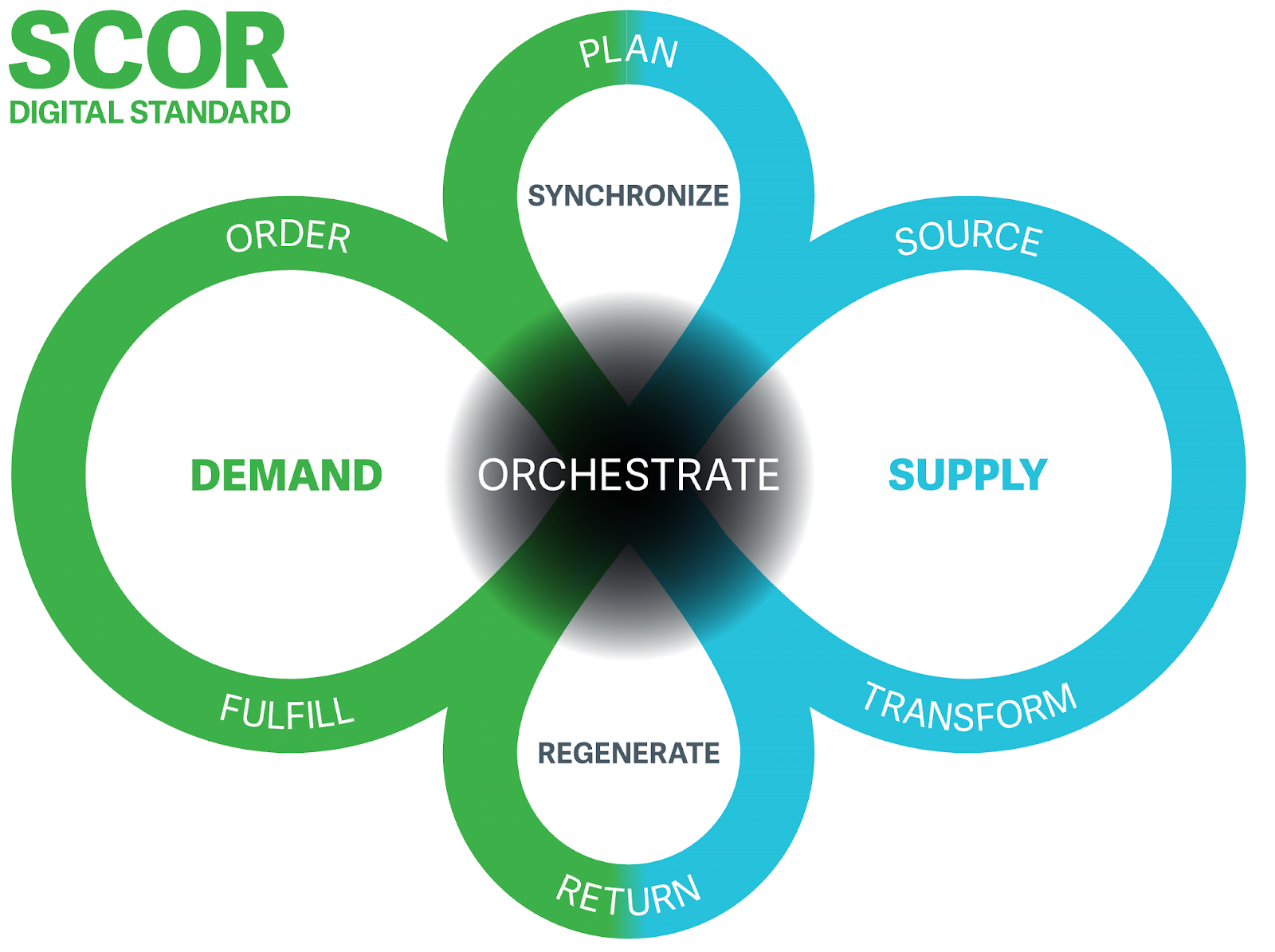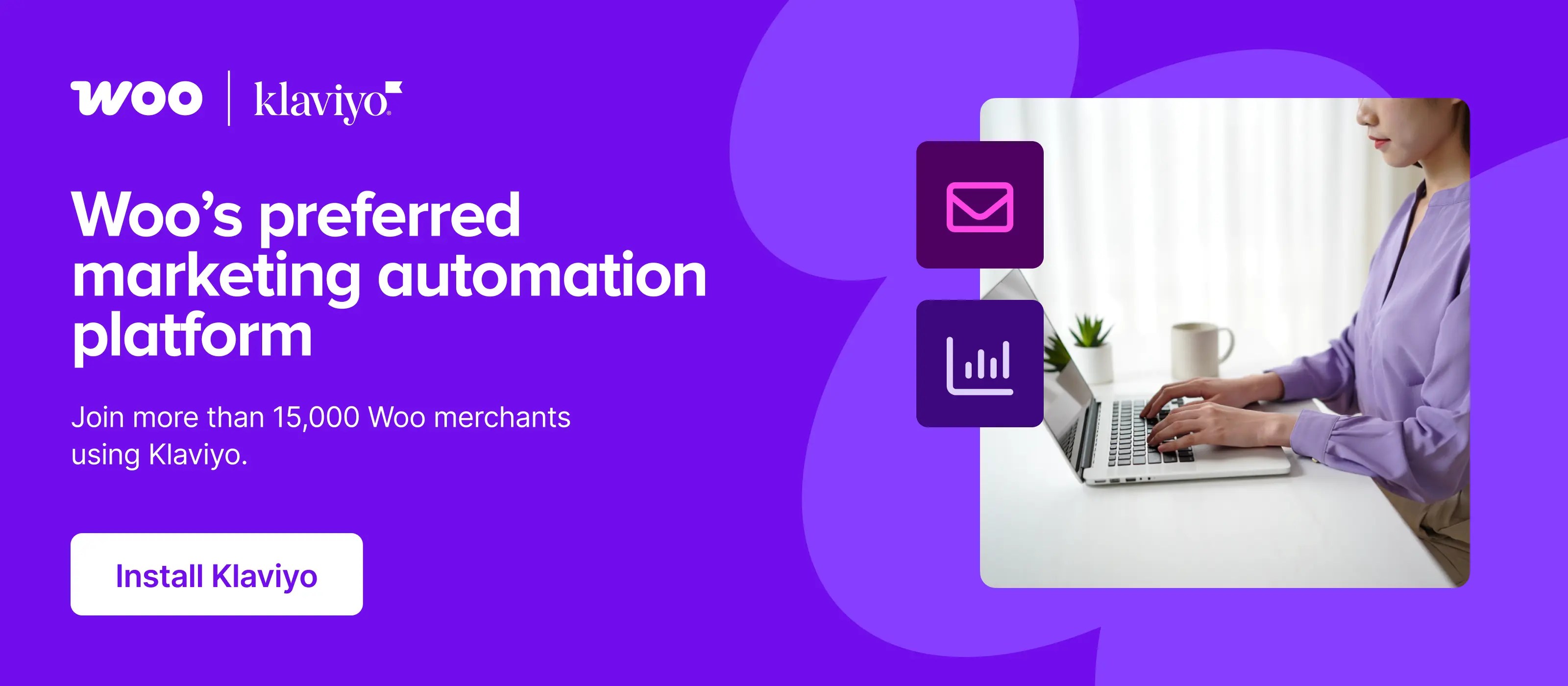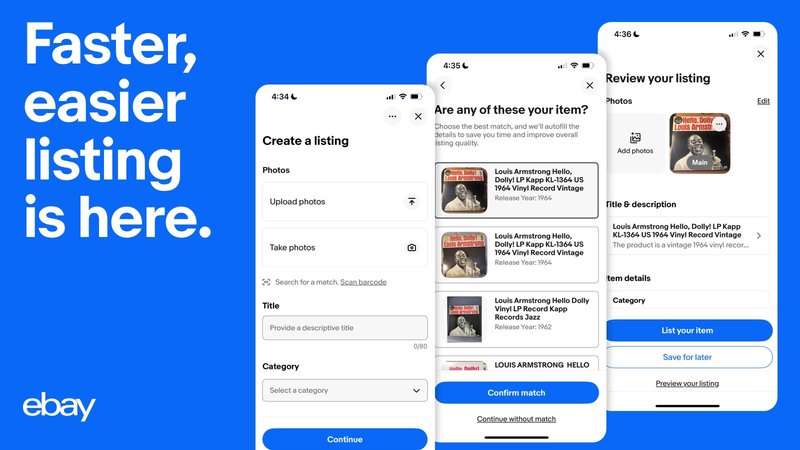In August of 1910, President Theodore Roosevelt delivered a speech outlining his vision for a New Nationalism in the United States. He described a future with equal opportunities and a fair playing field for all citizens, saying:
“Practical equality of opportunity for all citizens, when we achieve it, will have two great results. First, every man will have a fair chance to make of himself all that in him lies; to reach the highest point to which his capacities, unassisted by special privilege of his own and unhampered by the special privilege of others, can carry him, and to get for himself and his family substantially what he has earned. Second, equality of opportunity means that the commonwealth will get from every citizen the highest service of which he is capable.”
Roosevelt used this promise to call for an end to special government protections. By focusing on his ideal outcome, he imbued a policy issue with relatable, emotional significance. This is an example of visionary leadership.
Visionary leaders lead through imagination. They see a distant, possible future, create a plan to achieve it, and inspire others to believe in that plan enough to work toward it alongside them. This style is often associated with progress and change—it’s popular with activists and in the tech world—but visionary leadership skills are versatile. Visionary techniques can help spark inspiration in any industry. Learn about the key elements of visionary leadership and decide whether it’s right for your company.
What is visionary leadership?
Visionary leaders dream big and lead through inspiration, using storytelling and strong communication skills to paint a picture of the future. Their passion and compelling vision can generate excitement, motivate employees, and create a powerful company culture that embraces new ideas. Visionary leaders are also creative thinkers who consider alternative approaches to achieve growth.
Visionary leaders focus on ambitious, long-term goals, and innovation, and their leadership style prioritizes bringing employees into the “why” behind company decisions.
Shopify Masters: The ecommerce podcast for ambitious entrepreneurs
Shopify Masters is a business podcast powered by Shopify where successful entrepreneurs and experts share their marketing and sales experience with inspirational stories.
Learn from leaders
Characteristics of visionary leaders
- Future-oriented
- Innovative
- Resilient
- Inspirational communicators
- Emotionally intelligent
- Empowering
In visionary leadership, leaders use their vision to inform daily operations and guide employees toward success. Here are the key elements of the visionary leadership style:
Future-oriented
Visionary leaders believe their ideas can improve an industry, society, or even the world. They focus on long-term goals and think far into the future. Leaders use their vision for the future to unite and inspire team members and help integrate that vision into daily operations.
Innovative
Visionary leaders adopt a growth mindset and embrace change. They encourage employees to question the status quo, innovate, and brainstorm unique approaches, establishing a culture of experimentation and creative problem-solving.
Resilient
Visionary leadership requires persistence to overcome obstacles. These leaders are passionate believers who remain committed to their core values and ideas when faced with challenges or even failure. This confident leadership style bolsters employee morale. When leaders show resilience, they communicate their continued belief in the company vision, helping employees endure uncertainty.
Inspirational communicators
Visionary leaders need strong communication skills to inspire others to see and buy into their vision. Leaders practice inspirational communication to generate excitement, using imagination, enthusiasm, and optimism to describe what they hope to accomplish. Telling a powerful story about your company’s future may help motivate employees, attract investors, or draw media attention.
Emotionally intelligent
Emotional intelligence is the capacity to be aware of, control, and express your emotions, and to handle interpersonal relationships with empathy. Strong interpersonal skills help leaders generate goodwill and build loyalty with employees. When team members feel connected to leadership, it can motivate them to contribute to the company vision, seek mentorship opportunities, and grow their skills.
Empowering
Visionary leaders recognize and foster talent and the potential for the greatness of others. They strive to create an environment where employees feel respected and valued so that they can do their best work. Delegating work, granting autonomy, and recognizing accomplishments are all ways of empowering others.
Pros and cons of visionary leadership
Visionary leadership can be impactful, but it may not be effective in every instance. Here are the pros and cons of applying visionary leadership:
Pros
-
Unites employees. A clear vision provides a rallying point—employees will understand they are working toward a shared goal.
-
Encourages innovation. Building a culture of experimentation makes space for innovative ideas.
-
Provides clear goals. The leader’s vision acts like a compass—it provides clear direction and enables consistent decision-making.
-
Encourages growth. Visionary leaders help employees learn and grow. Leaders encourage team members to step out of their comfort zone and take on challenging tasks.
-
Builds a positive environment. Providing support and embracing employee ideas helps build a strong company culture.
Cons
-
Dependency. Organizations may become too dependent on the leader’s vision. When this happens, employees may struggle to make decisions without input.
-
Burnout. Visionary leaders provide inspiration and encouragement for the entire organization—the pressure to support others may increase the risk of burnout.
-
Tunnel vision. If leaders become too fixated on their goals, they can overlook issues or dismiss important feedback.
-
Not always practical. Visionary leadership encourages innovation and disruptions—this may not be effective in highly regulated industries.
Visionary leadership vs. other leadership styles
The most effective leadership style depends on business goals, industry, and team needs. Visionary leadership is uniquely future-focused—it emphasizes change and long-term goals. Here’s how visionary leadership differs from other management approaches:
Visionary leadership vs. bureaucratic leadership
Bureaucratic leadership is structured and well-organized. It uses a hierarchical management system in which the leader retains ultimate decision-making power. Bureaucratic organizations use rules and standardized procedures to achieve consistent results. Unlike visionary leadership, bureaucratic leadership emphasizes following protocol and discourages questioning the status quo.
Visionary leadership vs. democratic leadership
Democratic leadership is collaborative and engaging. Leaders work closely with team members and incorporate their opinions into the decision-making process. Democratic and visionary leadership both support employee development and engagement. In democratic leadership, leaders and employees work together to define goals. With a visionary approach, employees may work collaboratively with management to set goals, but the leader’s vision ultimately determines the broad direction.
Visionary leadership vs. autocratic leadership
Although both autocratic and visionary systems place an emphasis on strong leaders, implementation and practices are very different. Autocratic leadership is rigid and inflexible, with leaders making unilateral decisions without incorporating employee feedback. These organizations have strict rules and demand compliance. Autocratic leaders discourage questioning. Visionary leaders, on the other hand, are flexible and open-minded. They encourage employees to question decisions and processes in pursuit of innovative solutions.
Visionary leadership vs. transformational leadership
Visionary and transformational leadership share many similarities. These styles use charismatic leadership to spark excitement and motivate employees. Both systems embrace change and encourage innovation. However, visionary leadership focuses on outcomes and an ideal future state, whereas transformational leadership emphasizes investing in individual employee development to facilitate the changes necessary to reach goals.
Visionary leadership FAQ
What is an example of visionary leadership?
Martin Luther King Jr. is an example of a great visionary leader. He was a chief engineer of the change brought through the Civil Rights Movement and shared a clear vision of a better future to inspire others. Other examples of visionary leaders include Mahatma Gandhi, Susan B. Anthony, Steve Jobs, and Nelson Mandela.
What is strategic vs. visionary leadership?
Visionary leaders are bold and imaginative, focusing on the long-term future and big-picture ideas. Strategic leadership is more concerned with practical decision-making. Strategic leaders focus on the medium and near-term future and provide specific goals and benchmarks for success.
What are the pros and cons of visionary leadership?
A visionary leadership style provides motivation, inspiration, and opportunities for growth. This management approach, however, may not be effective in every industry—it’s difficult to effect change in tightly regulated fields, such as medicine or construction.



